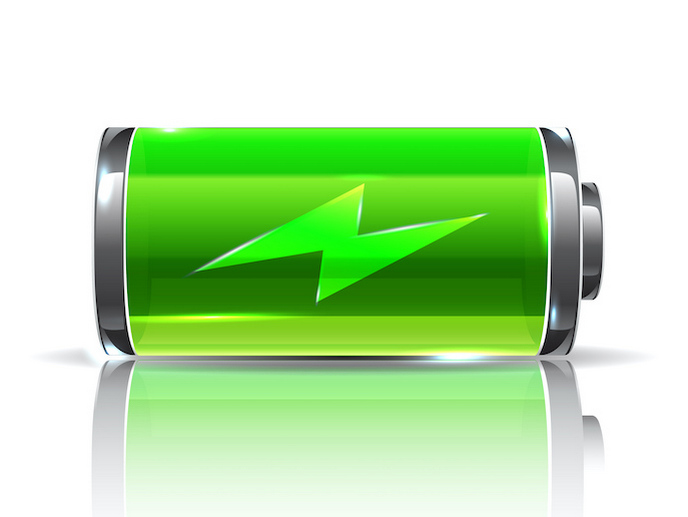Building a better battery
From home appliances to smart devices, vehicles and even aircraft – the world is going electric. Powering this change are rechargeable batteries and, in particular, lithium-ion batteries (LIBs). While LIBs make portable electronic devices a reality and enable sustainable modes of transportation, increased storage and more versatile use of renewable energy, they do have their limitations. For instance, many LIBs use expensive raw materials like cobalt and nickel and can be subject to drastic price fluctuations. The mining of these materials can be harmful to the environment and to the people doing the mining. On top of this, LIBs are also reaching their limit in terms of energy density – which could impede our ability to ‘electrify everything’. Add all of this up and what you get is an urgent need for more sustainable – and powerful – battery solutions. Helping to answer this call is CARBAT, an EU-funded project dedicated to developing a calcium (Ca) metal-based battery technology. “Batteries based on Ca have the promise of providing a leapfrog increase in energy density and safety as compared to the current state-of-the-art LIB technology,” says María Rosa Palacín, a research professor at the Institute of Materials Science of Barcelona (ICMAB-CSIC), who coordinated the project. “Ca metal-based batteries are especially attractive as Ca is one of the most abundant elements in the Earth’s crust and, as a Ca metal anode, it can be used with a wide range of rather conventional electrolytes,” adds Patrik Johansson, a professor at Chalmers University of Technology, who also participated in the project. Other partners include the Complutense University of Madrid (website in Spanish) and the Fraunhofer Institute for Silicon Technology.
Towards a proof of concept
The CARBAT project aimed to achieve a proof of concept of a Ca metal anode-based rechargeable battery cell with a considerably higher energy density than what is offered by today’s LIBs. To do this, the project used a combination of computational design, material science, electrochemistry, and battery engineering. As a starting point, the project utilised computational screening to select the most relevant materials, each of which was then carefully evaluated with respect to electrochemical performance. “The computational screening enabled us to identify a certain number of inorganic materials that would be suitable as positive electrodes,” explains Palacín. “Some of these materials finally showed interesting preliminary performances and, using the same approach, we also found some promising new electrolyte formulations.” Next, small laboratory cells were built, tested, validated and benchmarked against the state-of-the-art LIB technology using both key performance and sustainability indicators.
An important foundation
Thanks to this work, project researchers now have a better fundamental understanding of the mechanisms at hand and the performance that is possible when using these new materials. “Figuring out how to enable the use of Ca as an anode is a crucial step towards creating batteries with very high energy density,” notes Johansson. “This work is the foundation from which we hopefully can expand and build a Ca metal-based battery with better performance and sustainability,” adds Palacín. “This may well open the door to the large-scale use of renewable energy.” Researchers are continuing their work on the electrodes and electrolytes, alongside improving the technology readiness level of the concept.
Keywords
CARBAT, battery, batteries, calcium metal- based batteries, sustainable, lithium-ion batteries, LIB, rechargeable batteries, electronic devices, renewable energy, cobalt, nickel







